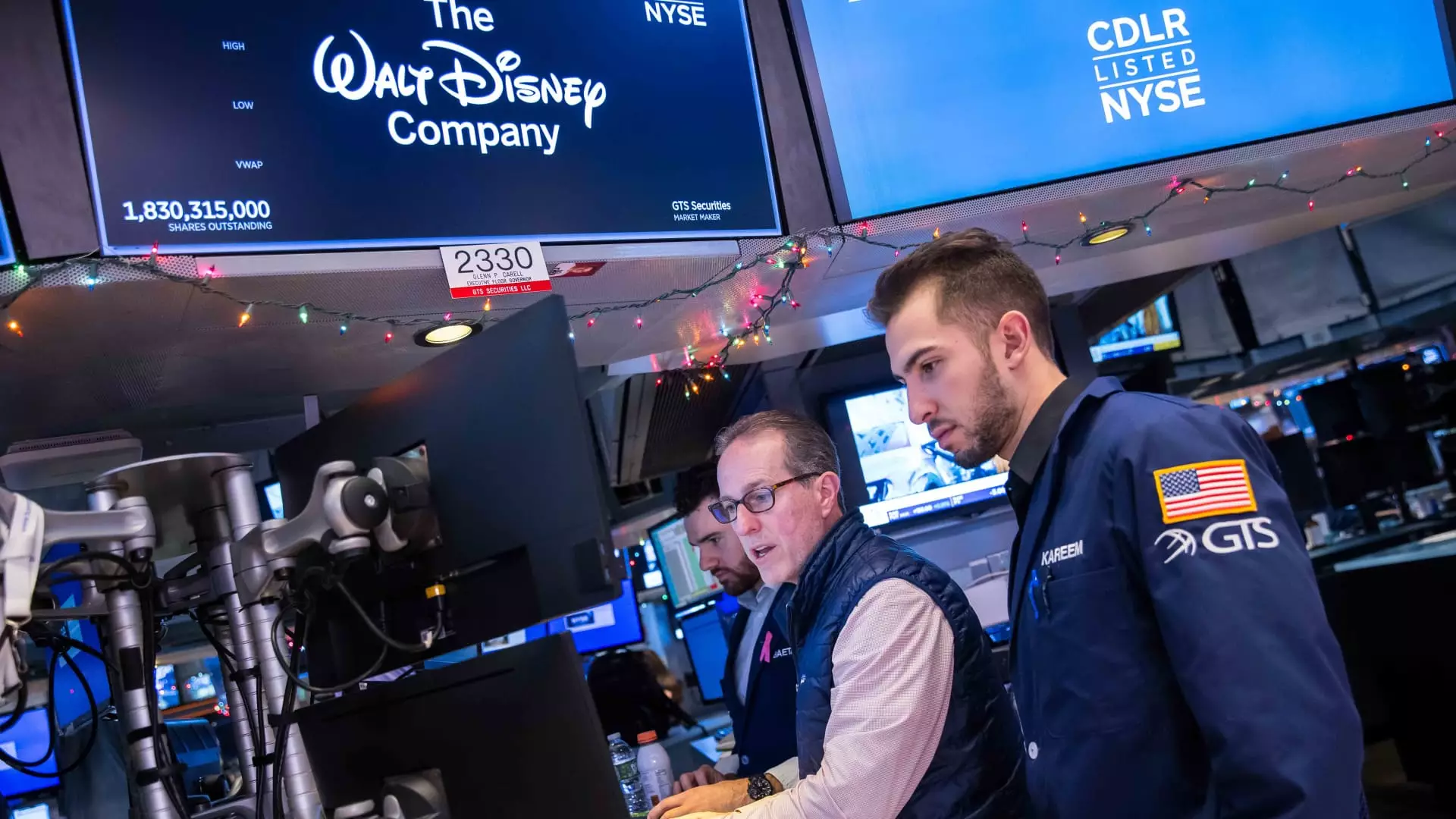The year 2023 proved to be a remarkable one for the S&P 500, with a strong finish and a notable rally in the final two months. The market witnessed its fourth positive year in five, surging by 24.23%. This upward momentum was largely influenced by the Federal Reserve’s dovish pivot, signaling potential interest rate cuts. However, Ron William, market strategist and founder of RW Advisory, warns that the road ahead may be challenging. He believes that 2024 could be a “year for non-consensus,” as both stocks and the U.S. 10-year Treasury yield face potential difficulties.
A Behavioral Inflection Point
According to William, the market is currently at a “behavioral inflection point” after the much-awaited dovish Fed pivot. He highlights the triple confluence of momentum, sentiment, and sector rotation fragility as critical factors that dominated the market in 2023. While the market has been banking on excessive valuations, William suggests that growth numbers and late-cycle dynamics are likely to play a more significant role in shaping the market’s future.
An Imbalanced Rally Driven by Specific Sectors
The impressive rally witnessed by the S&P 500 in 2023 was fueled by a handful of sectors. Information technology stocks soared by 56.4%, while communication services and consumer discretionary sectors gained 54.4% and 41%, respectively. William’s analysis indicates a mean risk aversion on U.S. equities due to extreme overbought conditions, record short-covering, and a surge of speculative investment in smaller cap, lower quality stocks towards the end of the year.
In light of potential rate cuts by the Fed and a late-cycle stage, William warns that economic-sensitive stocks are likely to feel increasing pressure. He emphasizes the fragility of an already narrow rotation and points to the potential disappointment of growth numbers. The market’s reliance on growth, coupled with the possibility of decreased rates, adds further uncertainty to the equation.
The benchmark 10-year U.S. Treasury note experienced a significant milestone in October 2023 when its yield crossed 5% for the first time since 2007. This increase was due to indications from central banks that interest rates would remain higher for longer than expected. However, following the dovish Fed pivot and increased expectations of rate cuts in 2024, the yield dropped to just over 3.9%. Despite the market’s anticipation of as many as six rate cuts, William believes that bond yields will eventually surpass the 5% mark in the long term.
William suggests that the market is currently unable to comprehend the forces at play. While there have been significant swings, the overall trend remains upward. He compares the latest correction to the decline witnessed in October 2022, which eventually led to the rise to a 5% yield. Hence, the unwinding of rates and the recent rally in stocks indicate that much of the positive momentum driven by potential rate cuts is already reflected in the market. William warns against potential policy mistakes and emphasizes the need to be mindful of non-consensus moves.
Gold: A Safe Haven Amidst Geopolitical Tensions
In 2023, gold experienced its strongest performance since 2020, with the spot price closing comfortably above $2,000 per ounce. William expects the safe-haven flows to continue in 2024 as geopolitical tensions deepen. He predicts that the precious metal may break out above the $2,700 mark by the end of the year.
As we navigate through 2024, it is essential to recognize the potential challenges that lie ahead for stocks and Treasury yields. The market’s reliance on growth numbers, late-cycle dynamics, and potential policy mistakes poses significant risks. Moreover, non-consensus moves may lead to unexpected market outcomes. Investors must remain vigilant and adaptable to thrive in this uncertain environment, considering the fragility of the market and the impact of geopolitical tensions on safe-haven assets like gold. The year ahead may indeed be a challenging one for the market, requiring careful analysis and strategic decision-making.

Leave a Reply